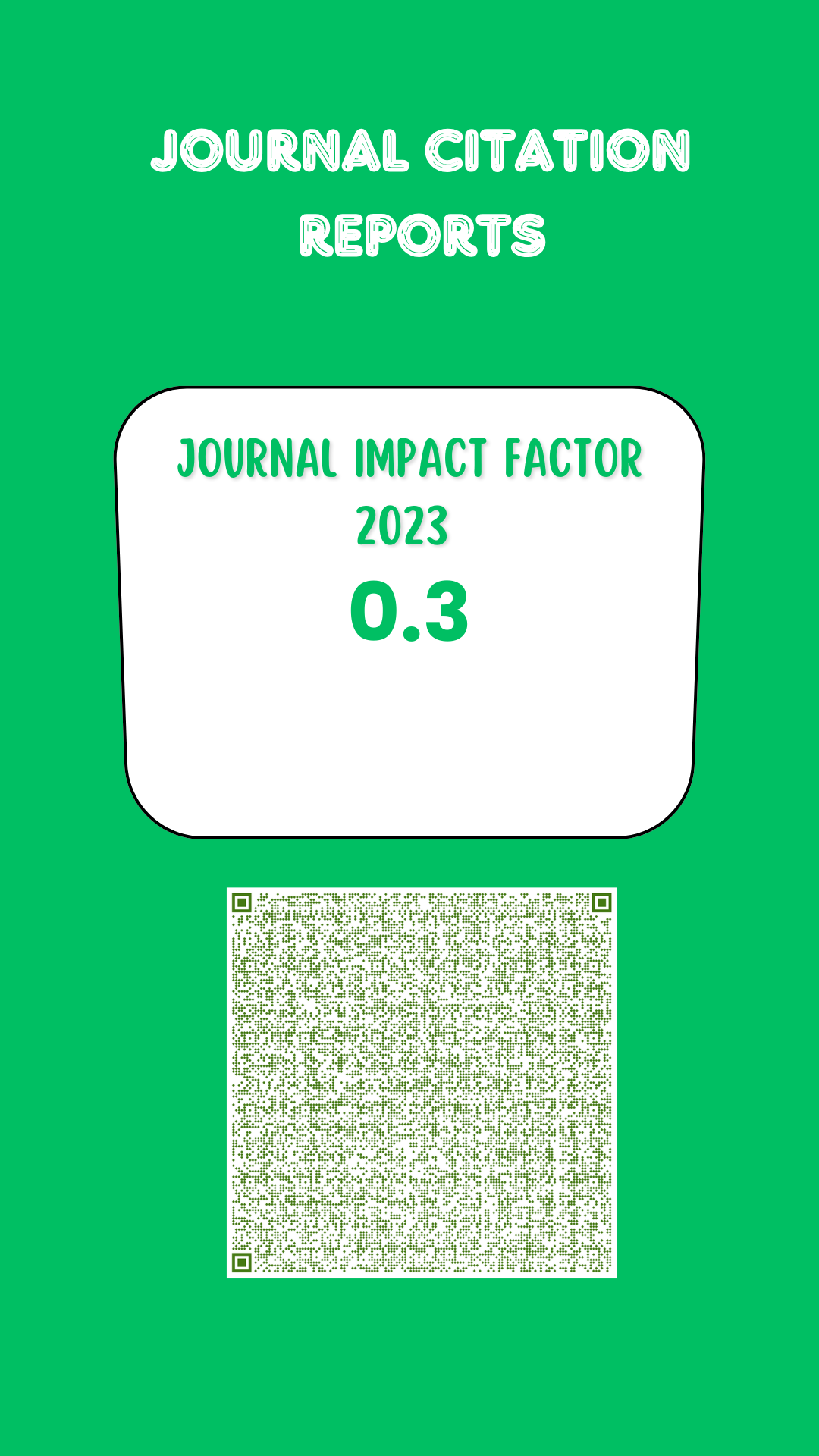Colorimetric method to estimate the soil organic matter in karst areas
Proxy method to estimate SOC
DOI:
https://doi.org/10.19136/era.a9n1.3189Keywords:
Organic matter, Organic carbon, Soil color, Karst, Redness indexAbstract
The increase in soil organic carbon (SOC) content contributes the mitigation of the effects of global climate change, thus it is important to know its levels. However, the SOC analysis can eventually be expensive and time consuming, as well as generating toxic waste. The measurement of soil color may be an indirect method more effective to estimate the SOC than traditional techniques. The principal aim of the study was to use color parameters through the CIE Lab system and some color indices, such as saturation and redness indices, to estimate the COS in a karst area of the municipality of Chetumal in the Yucatan Peninsula, Mexico. The percentage of COS was measured in 50 soil samples by conventional methods while the soil color was analyzed with the CIE Lab system. Both variables were correlated with the redness index. Based on color, the samples were separated into five groups, ranging from pinkish white to brownish gray. Multiple regression equations (SOC vs soil color parameters) were performed for each group and a medians comparison analysis was applied. The correlation adjustment between the redness index and COS is R2> 0.86. The values of the multiple regression equations were R2> 0.8. We conclude that the soil redness index, now named organic carbon index, can be used as a relatively quick approach to estimate the percentage of SOC in karst areas.
Downloads
Downloads
Published
Issue
Section
License
Copyright (c) 2022 Ecosistemas y Recursos Agropecuarios

This work is licensed under a Creative Commons Attribution-NonCommercial-ShareAlike 4.0 International License.
Aviso de copyright
Los autores que se envían a esta revista aceptan los siguientes términos:
una. Los autores conservan los derechos de autor y garantizan a la revista el derecho a ser la primera publicación del trabajo con una licencia de atribución de Creative Commons que permite a otros compartir el trabajo con un reconocimiento de la autoría del trabajo y la publicación inicial en esta revista.
B. Los autores pueden establecer acuerdos complementarios separados para la distribución no exclusiva de la versión del trabajo publicado en la revista (por ejemplo, en un repositorio institucional o publicarlo en un libro), con un reconocimiento de su publicación inicial en esta revista.
C. Se permite y se anima a los autores a difundir su trabajo electrónicamente (por ejemplo, en repositorios institucionales o en su propio sitio web) antes y durante el proceso de envío, ya que puede conducir a intercambios productivos, así como a una cita más temprana y más extensa del trabajo publicado. (Consulte El efecto del acceso abierto).



